Knowing which greenhouse gases are most important for global warming is an essential part of understanding climate change.In order to fight climate change, it’s necessary to know which greenhouse gases contribute the most.
Among the most common gases in the atmosphere, the following are not considered greenhouse gases: nitrogen, sulfur dioxide. The most prevalent greenhouse gases are: carbon dioxide, methane, nitrous oxide, CFC’s, and water vapor.
Greenhouse gases are gases that trap heat in the atmosphere. They let sunlight travel through the atmosphere, but they prevent the heat generated by the sunshine from escaping. Short-wave light from the sun is transparent to greenhouse gases, while infrared (long-wave) radiation is blocked from exiting the earth’s atmosphere. The sun’s energy is trapped by the greenhouse effect, which heats the planet’s surface.
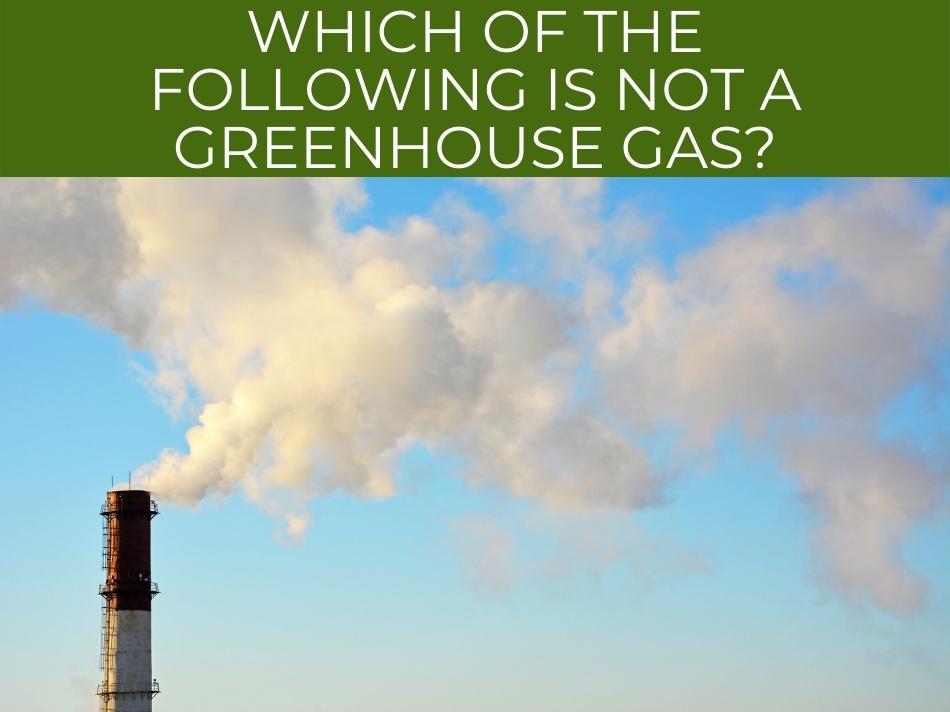
Which of the Following is Not a Greenhouse Gas?
There are many gases you will find in the atmosphere. Let’s have a look at which gases are greenhouse gasses.
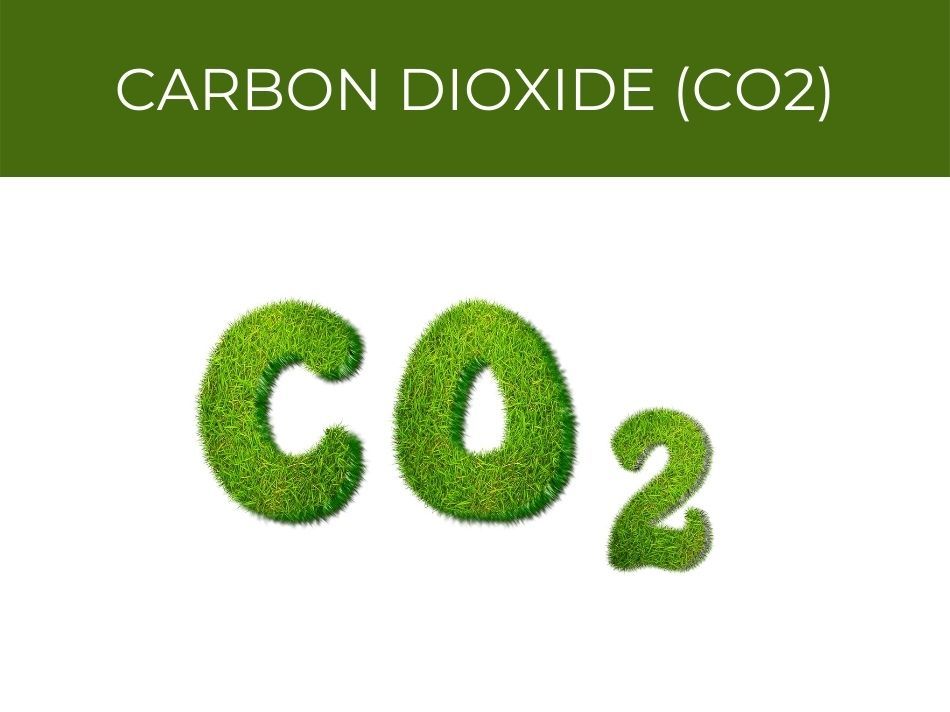
Carbon Dioxide (CO2):
Carbon dioxide is a major greenhouse gas that helps in the trapping of heat in our atmosphere. Our earth would be inhospitably cold without the presence of this gas.
Long-wavelength infrared radiation (heat) from the Earth is absorbed by carbon dioxide molecules in the atmosphere, which then re-radiates some of it downward.
The greenhouse effect is the most serious concern posed by rising CO2.
Excess CO2 acts as a greenhouse gas, trapping the sun’s heat energy in the atmosphere and therefore warming the globe and seas.
Carbon overload can have long-term implications since each CO2 molecule might endure up to 200 years.
To know more about How Exactly Does Carbon Dioxide Cause Global Warming, read this study.
Sulfur Dioxide (SO2):
Since sulfur dioxide does NOT absorb & trap infrared light, so is not considered a direct greenhouse gas; however SO2 depletes the atmosphere’s oxidizing capacity, resulting in the accumulation of greenhouse gases and other pollutants.
Sulfur dioxide, also known as SO2, is a colorless gas or liquid with a pungent, suffocating stench.
Sulfuric acid is easily formed when it dissolves in water.
Acid rain is mostly composed of sulfuric acid.
Over tens of thousands of years, erupted SO2 creates catastrophic global warming and acid rain.
Methane (CH4):
Methane is one of the most potent greenhouse gases, because it warms the atmosphere well after its release, trapping heat much more efficiently than other gases. Methane released by human activities has contributed to an increase in global temperatures and changes in precipitation.
Methane is a gas that is colorless, odorless, and extremely combustible.
Methane is a greenhouse gas, its presence in the atmosphere has an impact on the earth’s temperature and climate.
Methane is produced by a range of human-made and natural sources.
Methane may physically pull carbon out of the air when it is created from non-fossil sources like food and green waste.
Methane that is discharged into the atmosphere before being burnt, on the other hand, is hazardous to the environment.
Methane contributes to climate change because of its ability to trap heat in the atmosphere.
Nitrogen (N2):
As nitrogen is invisible to infrared light, it is not a greenhouse gas.
Because the electric field of these molecules does not change as they are stretched, they are invisible.
They’re symmetric molecules, meaning they’re made up of two identical atoms whose electric fields cancel each other out.
Nitrous Oxide (N2O):
The greenhouse gas nitrous oxide, sometimes known as “laughing gas,” is a powerful greenhouse gas. Nitrous oxide is 300 times more powerful at trapping heat than carbon dioxide.
As a result of human activities that increase its creation, global N2O emissions are growing.
Nitrous oxide (N2O) accounted for around 7% of total greenhouse gas emissions from human activities in the United States in 2019.
Agriculture, fuel combustion, wastewater management, and industrial operations all contribute to the increase of N2O in the atmosphere.
Stanford Expert Explains Why Laughing Gas is a Growing Climate Problem talks about nitrous oxide and its effects on the environment.
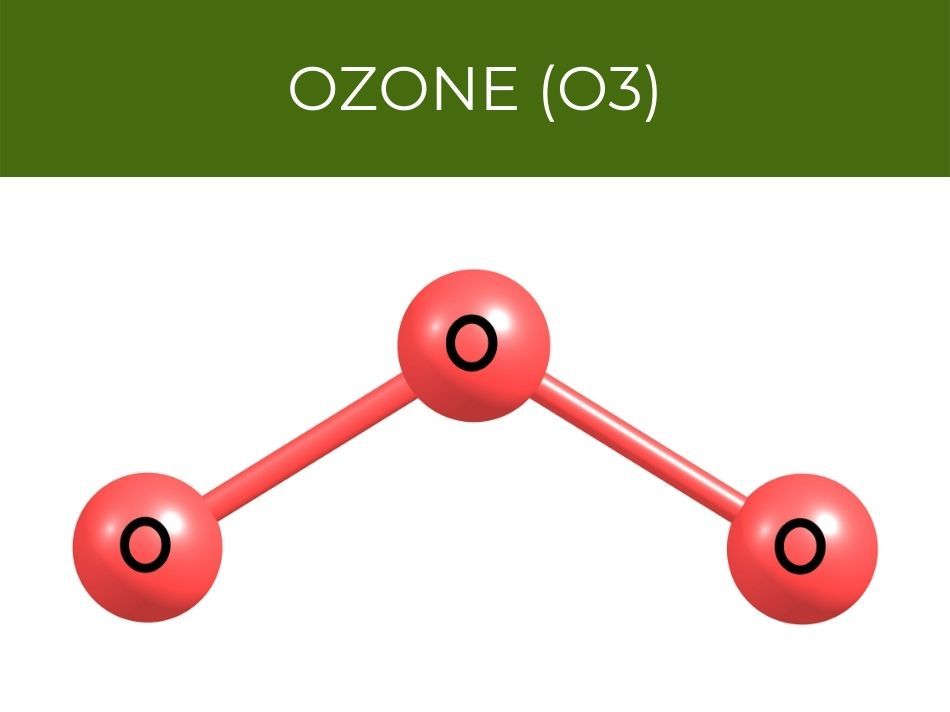
Ozone (O3):
Technically, ozone is a greenhouse gas. But not because of its ability to absorb/scatter UV light, but rather because of its ability to absorb infrared light.
Depending on where it is present in the earth’s atmosphere, ozone can be beneficial or dangerous.
Ozone, on the other hand, is hazardous to human health at lower heights of the atmosphere (the troposphere).
Chlorofluorocarbon Compounds (CFC):
Chlorofluorocarbons are extremely powerful greenhouse gases that also cause ozone depletion in the stratosphere. CFCs, in addition to destroying ozone, trap heat in the lower atmosphere, causing the planet to warm and weather patterns to be disrupted.
Additional information on CFC’s is available from the National Oceanic and Atmospheric Administration (NOAA).

Water Vapor (H2O):
By both weight and volume, water vapor is the most prevalent greenhouse gas in the atmosphere. It absorbs longwave radiation and returns it to the surface, contributing to global warming.
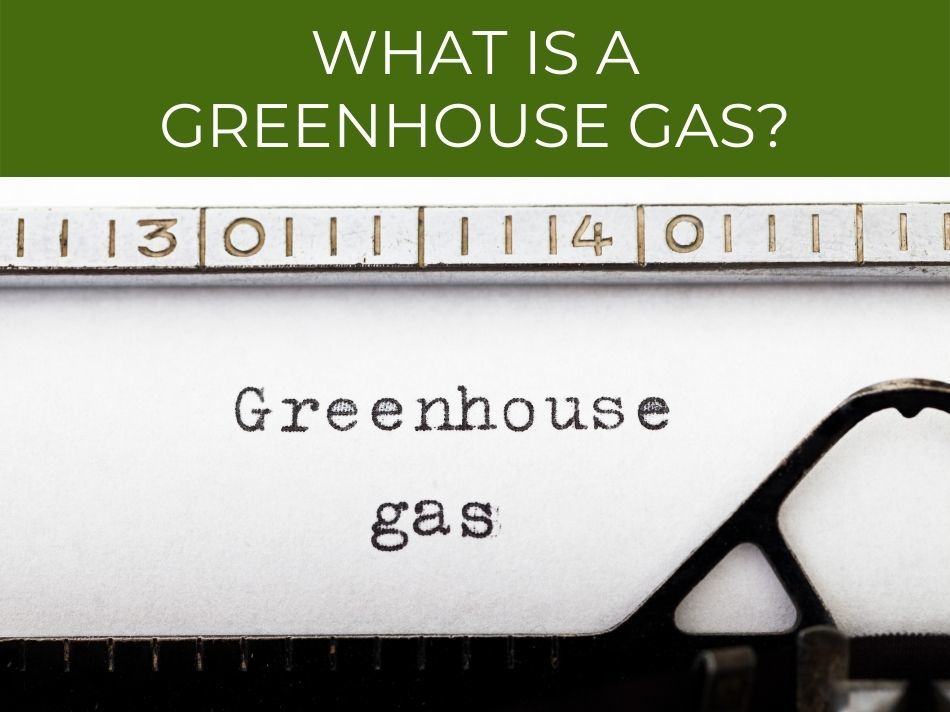
What is a Greenhouse Gas?
Greenhouse gases are substances that contribute to the greenhouse effect, which is the warming of Earth’s surface and atmosphere. Greenhouse gases trap heat in Earth’s atmosphere, which causes an increase in temperature. There are many types of greenhouse gases, including carbon dioxide (CO2), methane (CH4) and nitrous oxide (N2O).
Greenhouse gases are gases in the atmosphere that affect the energy balance of the planet. They are responsible for the so-called greenhouse effect.
Carbon dioxide (CO2), nitrous oxide, and methane, are the most well-known greenhouse gases may all be present at low amounts in the environment.
However, due to numerous man-made causes, the proportion has grown dramatically since the turn of the century.
Greenhouse gases let sunlight travel through the atmosphere, but they prevent the heat generated by the sunshine from escaping.
In general, greenhouse gases are beneficial.
Our world would be too cold without them, and life as we know it would cease to exist.
However, there is such a thing as too much of a good thing.
Scientists are concerned that human activities are causing an excessive amount of these gases to enter the atmosphere.
How to Use a Greenhouse tells you about how you can use this effect at home.

How Do Greenhouse Gases Work?
Greenhouse gases work by trapping heat from energy coming from the sun, causing the atmosphere, land, and oceans to warm. Greenhouse gases primarily absorb infrared light, which is later released as heat.
Some of the solar radiation penetrates the Earth’s atmosphere and is reflected back into space. The remainder of the sun’s energy is absorbed by the land and seas, which heats the planet. The Earth’s heat radiates into space.
Some of this radiant heat is retained in the atmosphere by greenhouse gases, which warms the Earth, which allows life to flourish. The amount of greenhouse gases emitted into the atmosphere is growing as a result of human activities such as burning fossil fuels, agriculture, and land clearance.
This traps additional heat, causing the Earth’s temperature to rise, as well as other impacts such as ocean acidification, as seen in the graph below.
Since the Industrial Revolution, human activity has steadily increased the levels of greenhouse gases in our atmosphere.
The Definitive Guide to Creating an Indoor Greenhouse would help you create an indoor greenhouse for your plants.
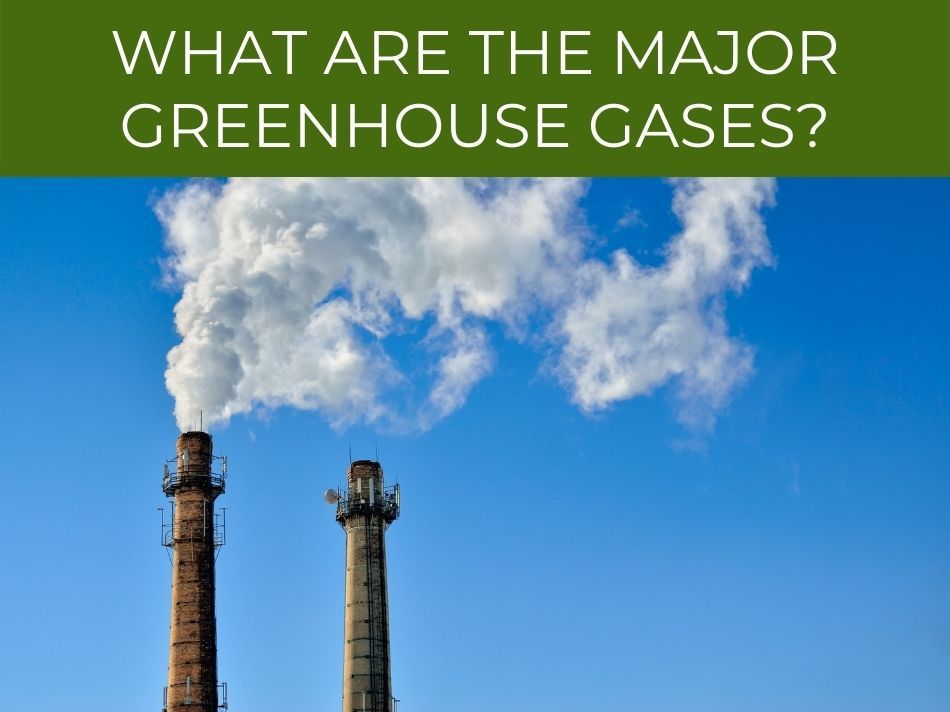
What Are The Major Greenhouse Gases?
Following are the major greenhouse gases:
- Carbon Dioxide
- Methane
- Nitrous Oxide
- Chlorofluorocarbons
- Ozone
- Sulfur Hexafluoride
- Water Vapor
- Trifluoromethane
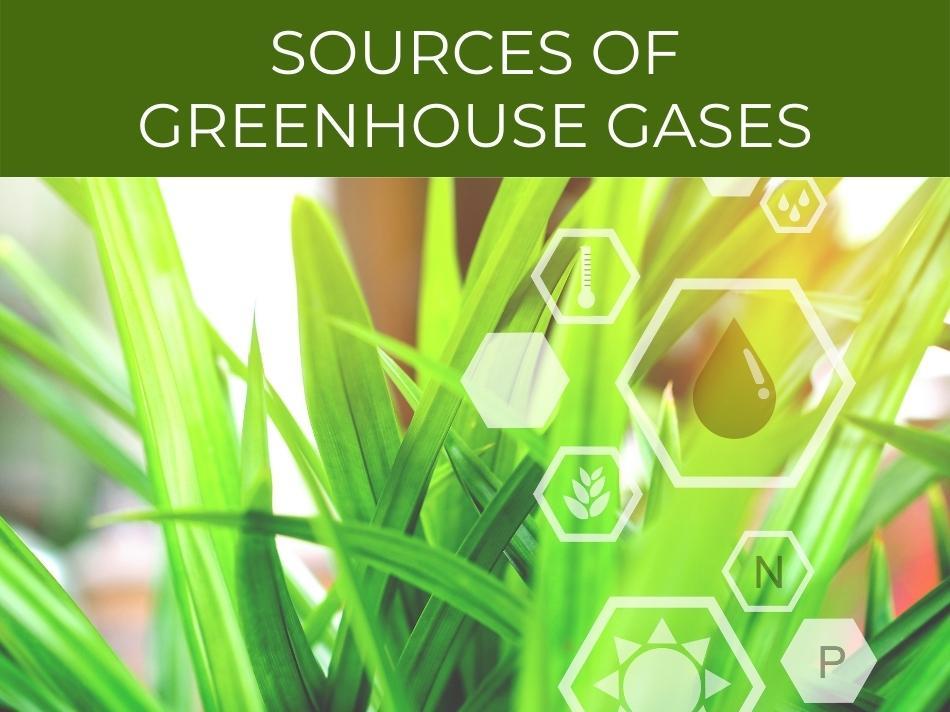
Sources of Greenhouse Gases
The sources of greenhouse gases are both natural and man-made. Natural sources include methane released by animals, plants, and bacteria, and carbon dioxide released by volcanic activity. Man-made sources of greenhouse gases include burning fossil fuels, deforestation, and raising livestock.
The majority of human-caused (anthropogenic) greenhouse gas (GHG) emissions originate from the burning of fossil fuels for energy (coal, natural gas, and petroleum).
The greatest single source of global greenhouse gas emissions is the burning of coal, natural gas, and oil for power and heat.
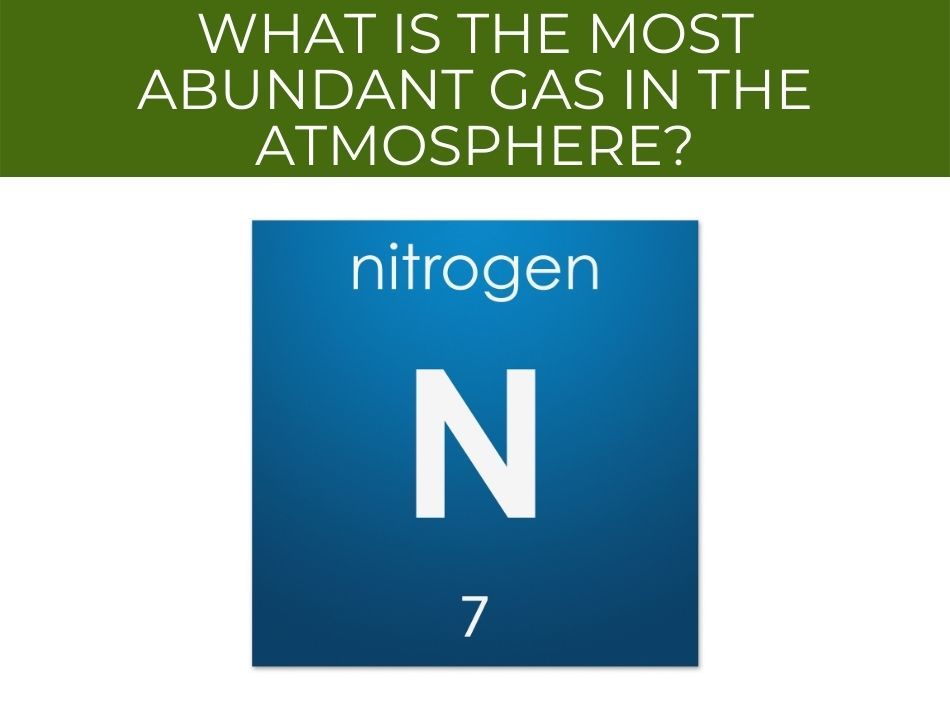
What is The Most Abundant Gas in the Atmosphere?
The Earth’s atmosphere is made up of gases, and they make up a very important part of the earth’s life. The most abundant gas that makes up the Earth’s atmosphere is Nitrogen, which comprises 87% of the atmosphere. Oxygen makes up 21%, followed by argon, and trace quantities of other gases.
Check out our complete article on the most abundant gases in the atmosphere.

The Last Word
They contribute to respiratory problems caused by smog and air pollution, as well as contributing to climate change by trapping heat.
Implications of climate change produced by these gases include food supply shortages, extreme weather, and increasing wildfires.


